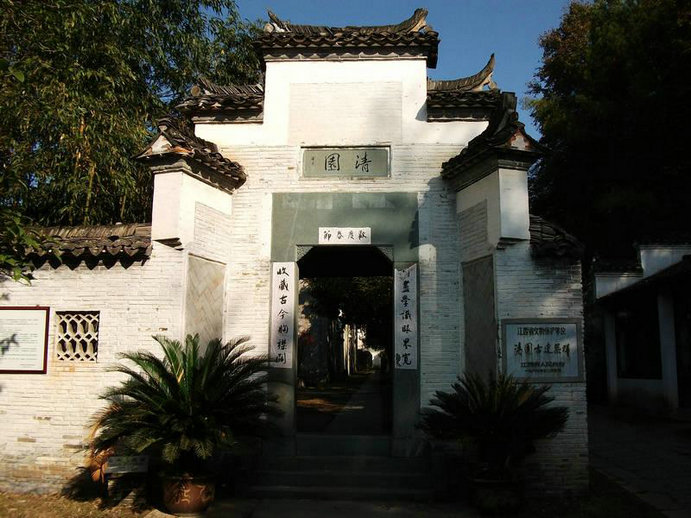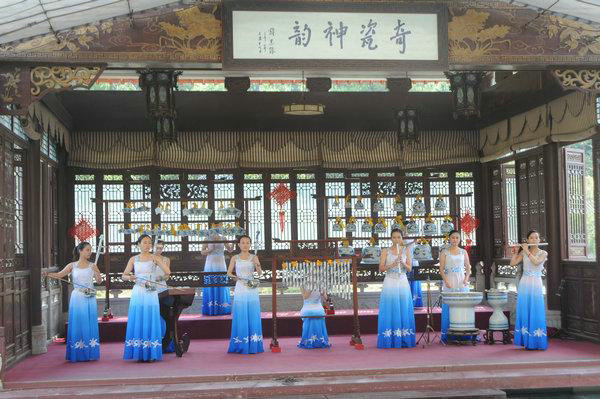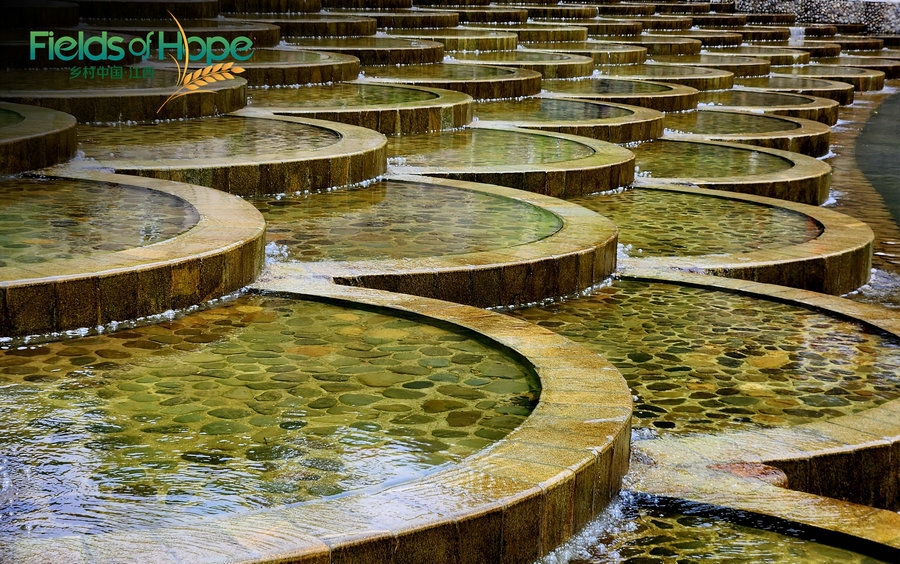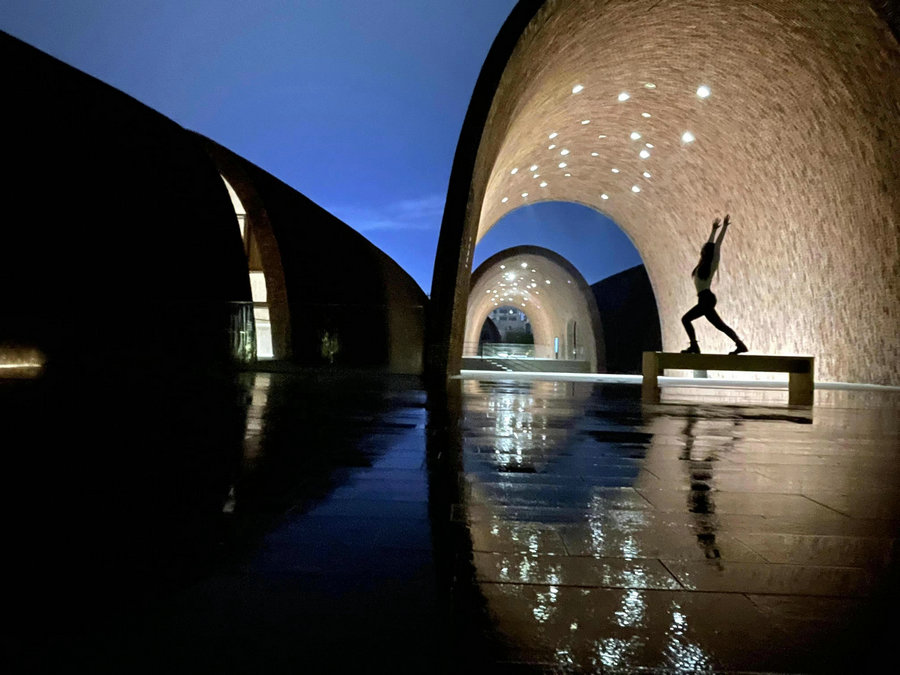Just as what is described in the serial Blue and White, in the ancient time, porcelain makes, when successfully fired, would be sent for sale to Changjiang Wharf. A duplicate of a wooden boat in Qing Garden reminds us of the history of this period.
A Duplicate of a Wooden Boat in Qing Garden

Just as the local saying goes, “the port couldn’t be blocked up by boats”, describing the flourish of the wharf at that time. And another saying goes that “Jingdezhen porcelain travels far and wide across the ocean”, a description of the domestic and international trade of the porcelain. Song Yingxing, a scientist of the Ming Dynasty, described in his masterpiece The Creations of Nature and Man: “If there is something from China famous worldwide, that should be porcelain from Jingdezhen.”
Over 600 years ago, thanks to Zheng He’s (the revered fleet admiral, diplomat and explorer) expedition to the West, porcelain products entered the international market by water.
Besides duplicating the waterway, Qing Garden also replays the processes from collecting raw materials to glaze confection. Compared to what is told in textbooks, everything here is more vivid.
Historically, top-level porcelains were selected for export. Then you may wonder what kind of porcelain the locals would use in their daily life.
In Zhen Kiln, an elder artisan is standing by rows of camellia bowls, with a signboard standing aside saying “bowls that can sing”. When tourists cast their eyes of curiosity to it, the elder artisan dips his fingers into a bowl of warm water and rubs them on the edge of the bowls, bringing out a beautiful melody under his skillful control. What a charm it brings!
Foreign Guests Try the Singing Camellia Bowls
The elder artisan is friendly to invite me for a try. I can’t make it sing at first, but gradually I can make some short sounds and then a long sound. The artisan tells me that bowls that can sing are in fact the handmade bowls fired in wood-burning kilns.
The decoration on the bowl is camellia, so it has the name camellia bowl. Such was the bowl once very common in local families, but now the price has grown a few times.
The flourish on the waterway has passed into history but here on the waterside a stage named “Pavilion of Porcelain Musical Instruments” was constructed to present another potential of porcelain, that is, porcelain music. Here is a whole set of porcelain musical instruments including drums, chimes, flutes, tubular bells, pan pipes, and bowl cups, which, to do the performance, you need a band with concerted effort, who now often go out to play on behalf of this city.
The Performance with Porcelain Instruments

There is a song named Waiting Here for You in Jingdezhen in which as part of the lyric goes: “The fire in the ancient kiln has for a thousand years been burning; the misty rain in South China has dimly the elegance revealing; the sedimentary brush has the legend repeatedly drawn; whilst ideas inherited from ancestors in birth are turned into marks on porcelains.” the affection to porcelain is seen inherited from generation to generation for a thousand years. Such inheritance itself is direct reflection of the locals’ deep love for porcelain-making.
As time leaves traces, for everyone, old times would leave images and marks in the mind, be it the hanging of clothes, the cracks of bricks and tiles, or a flower or tree, which is so dear to us. For the locals, however, the image of porcelain-making is surely the natural engraving in their heart.




